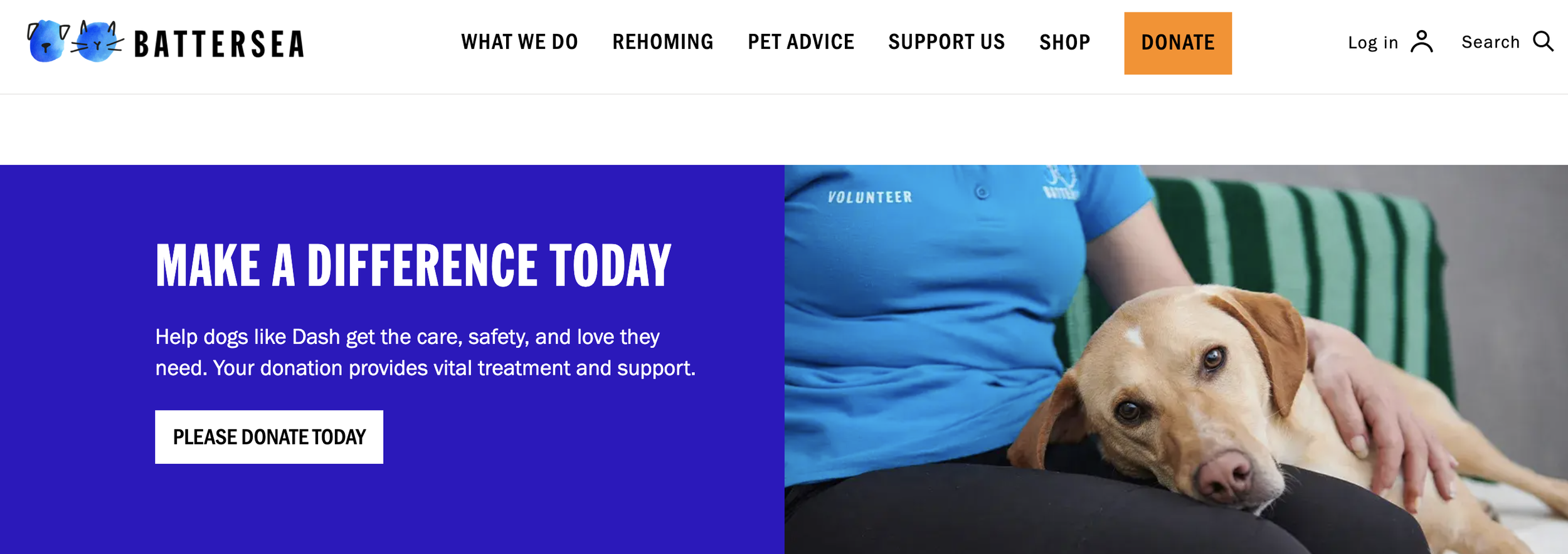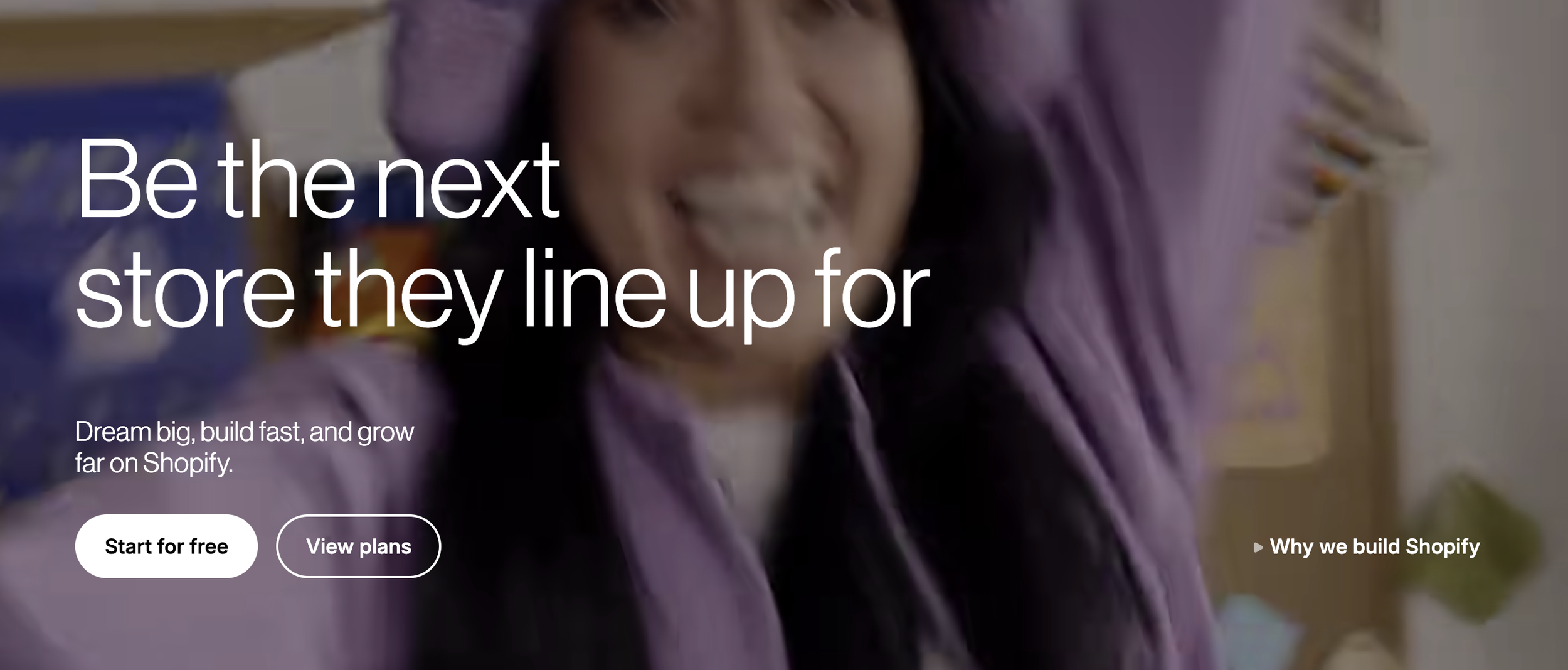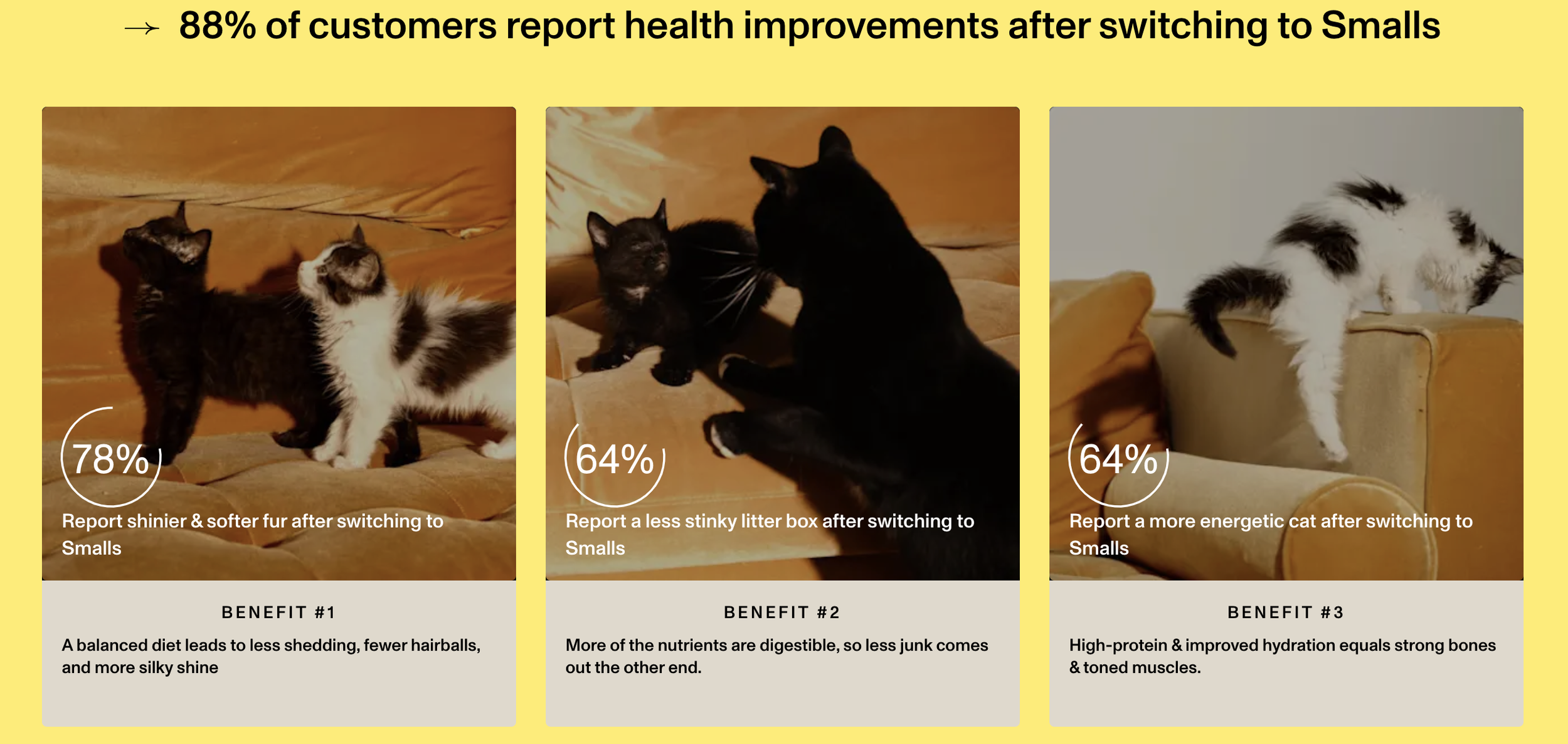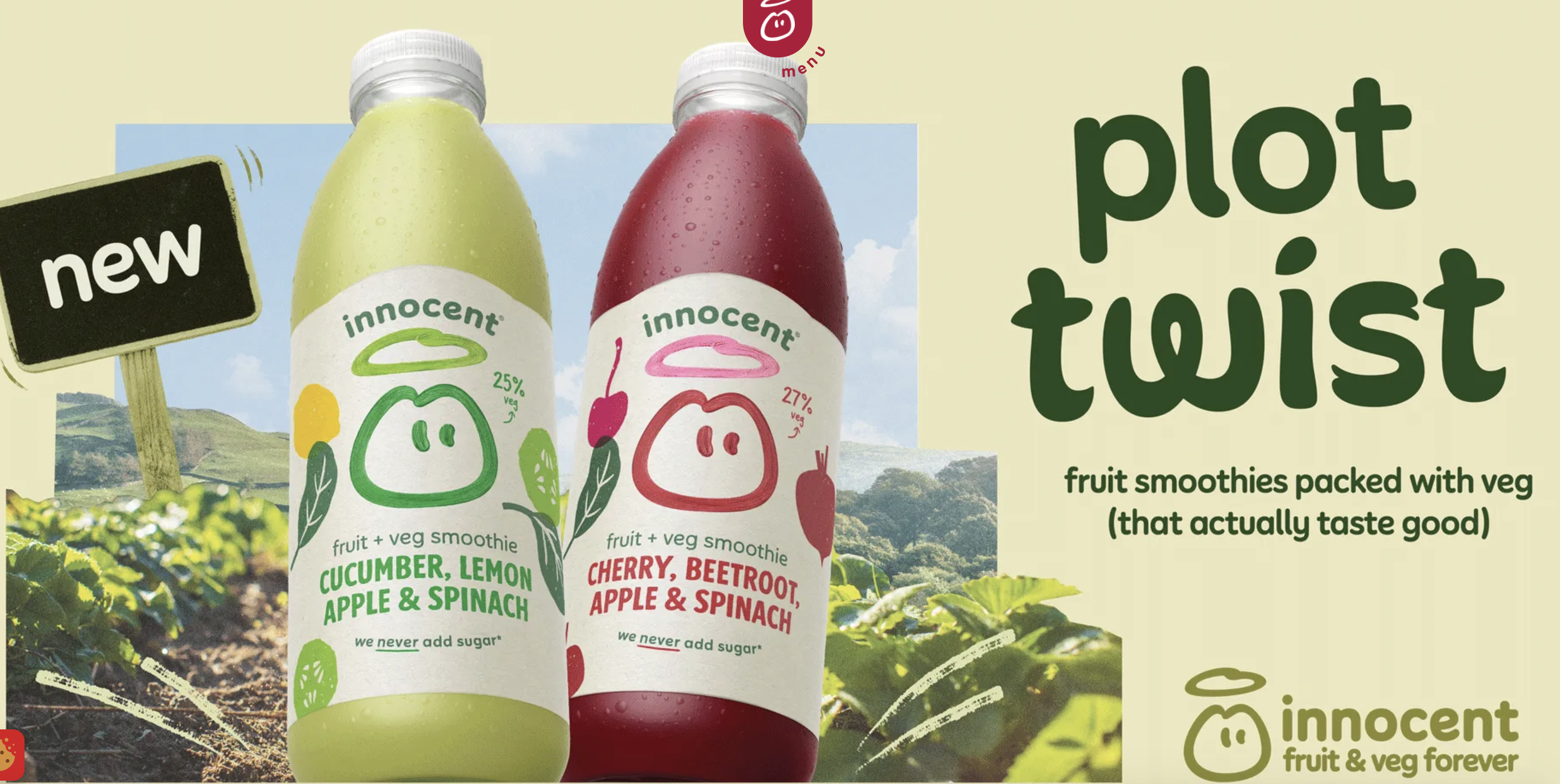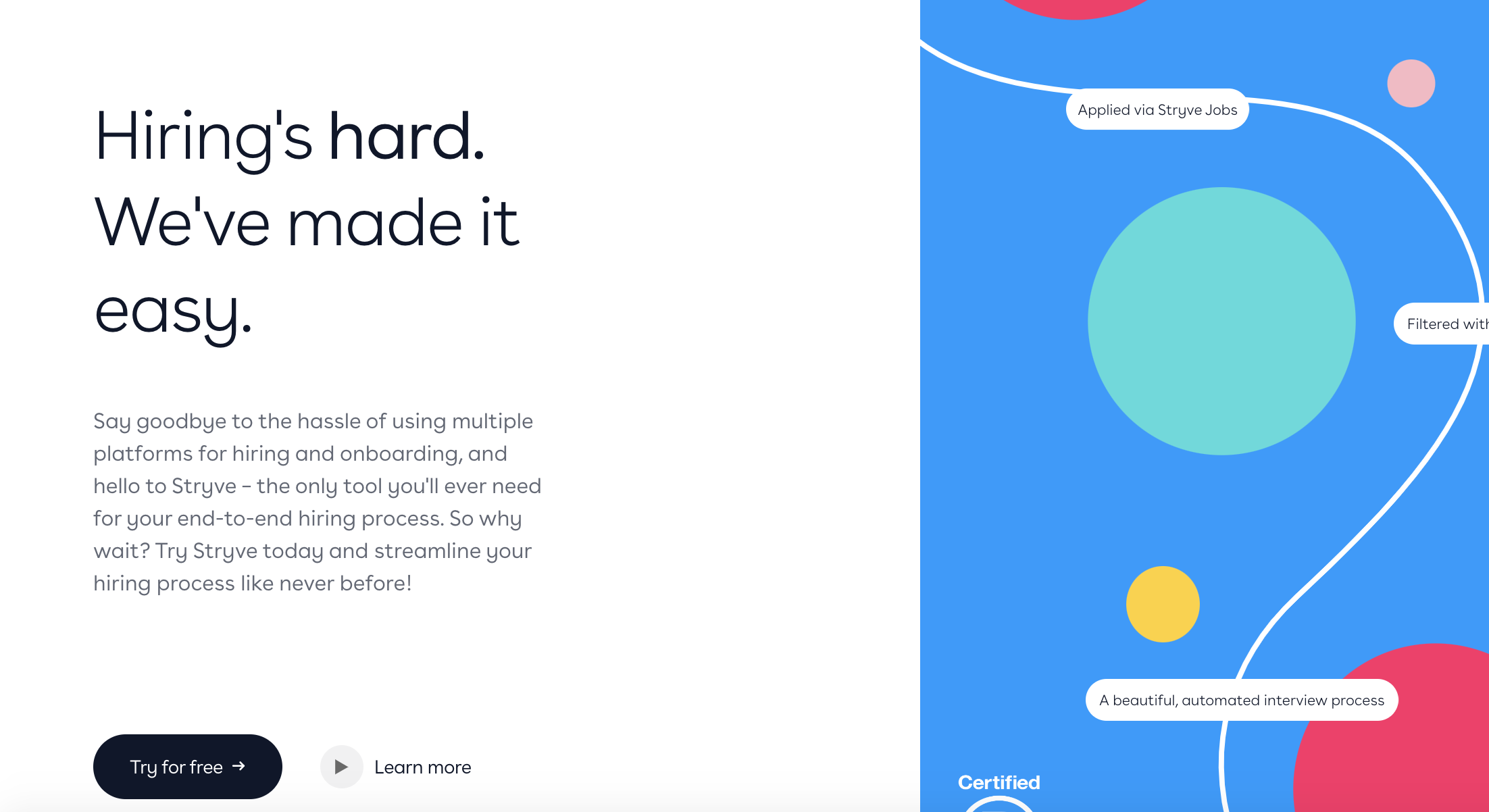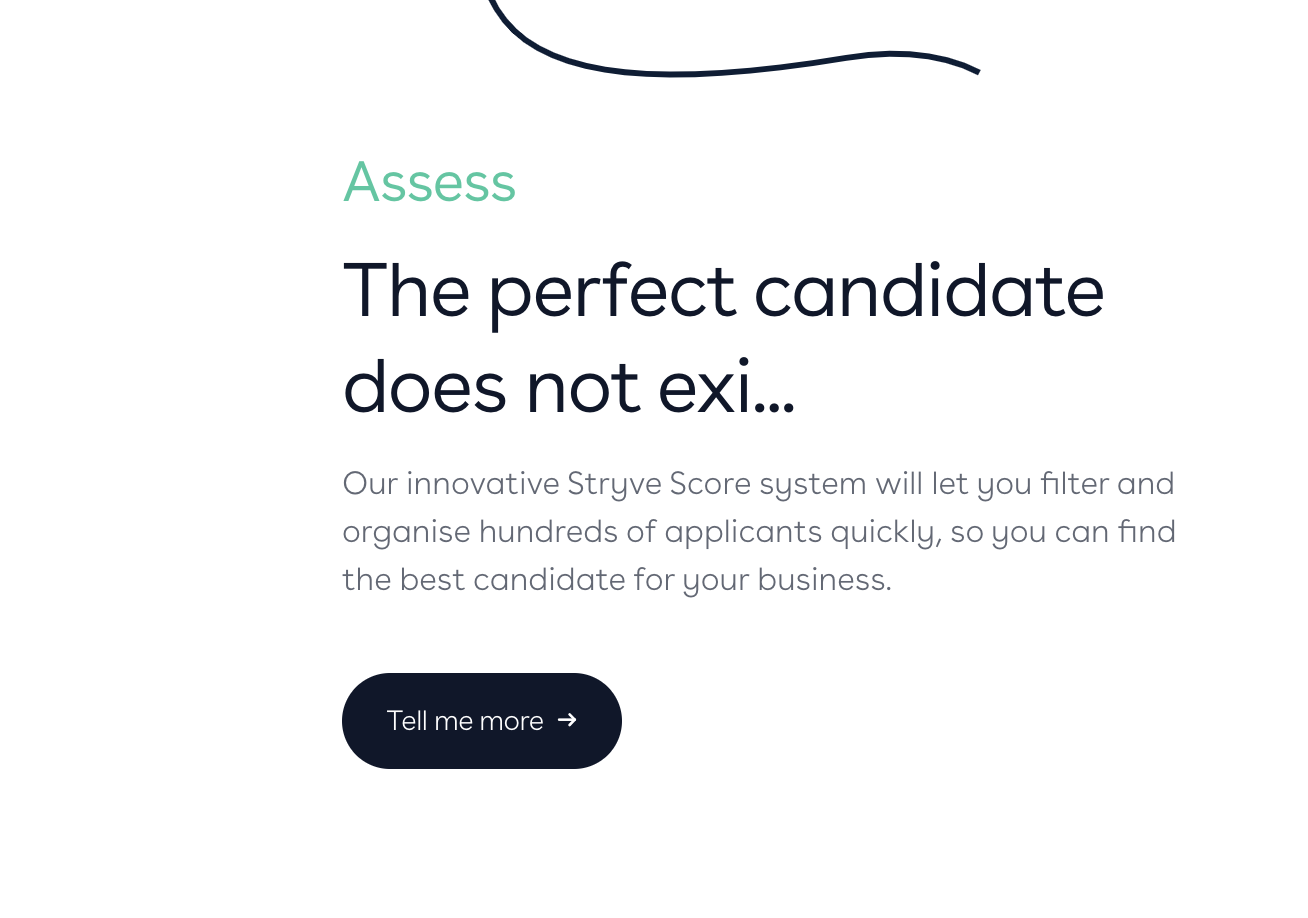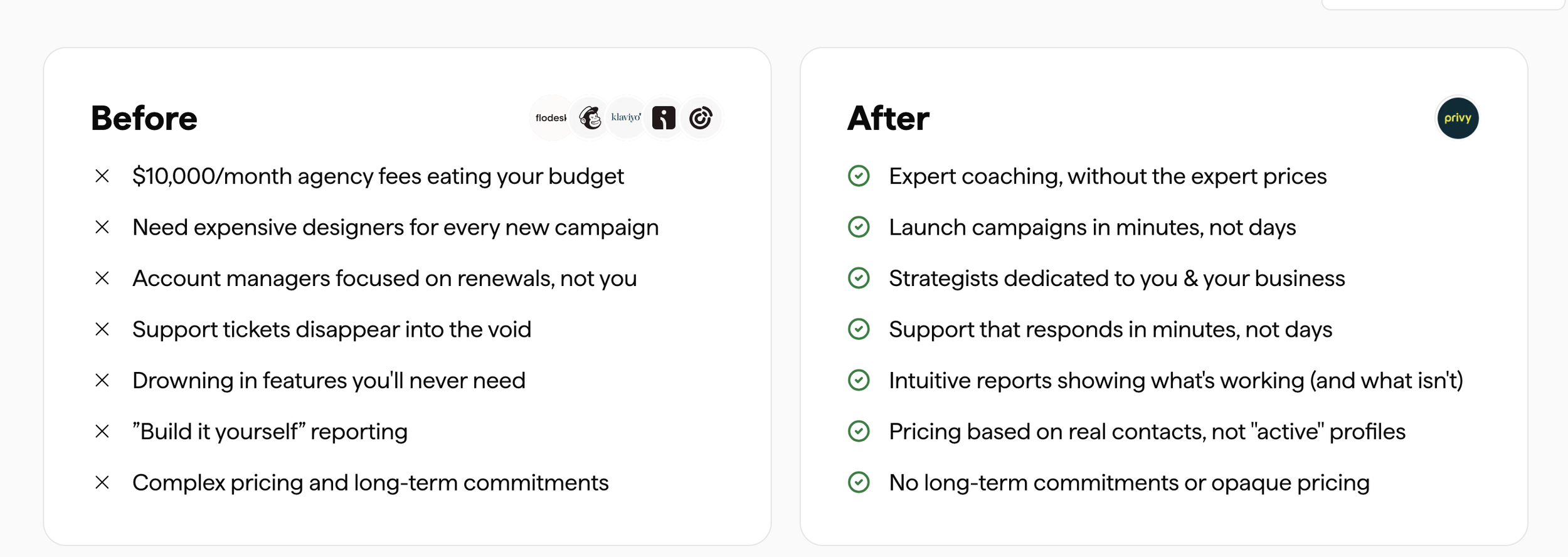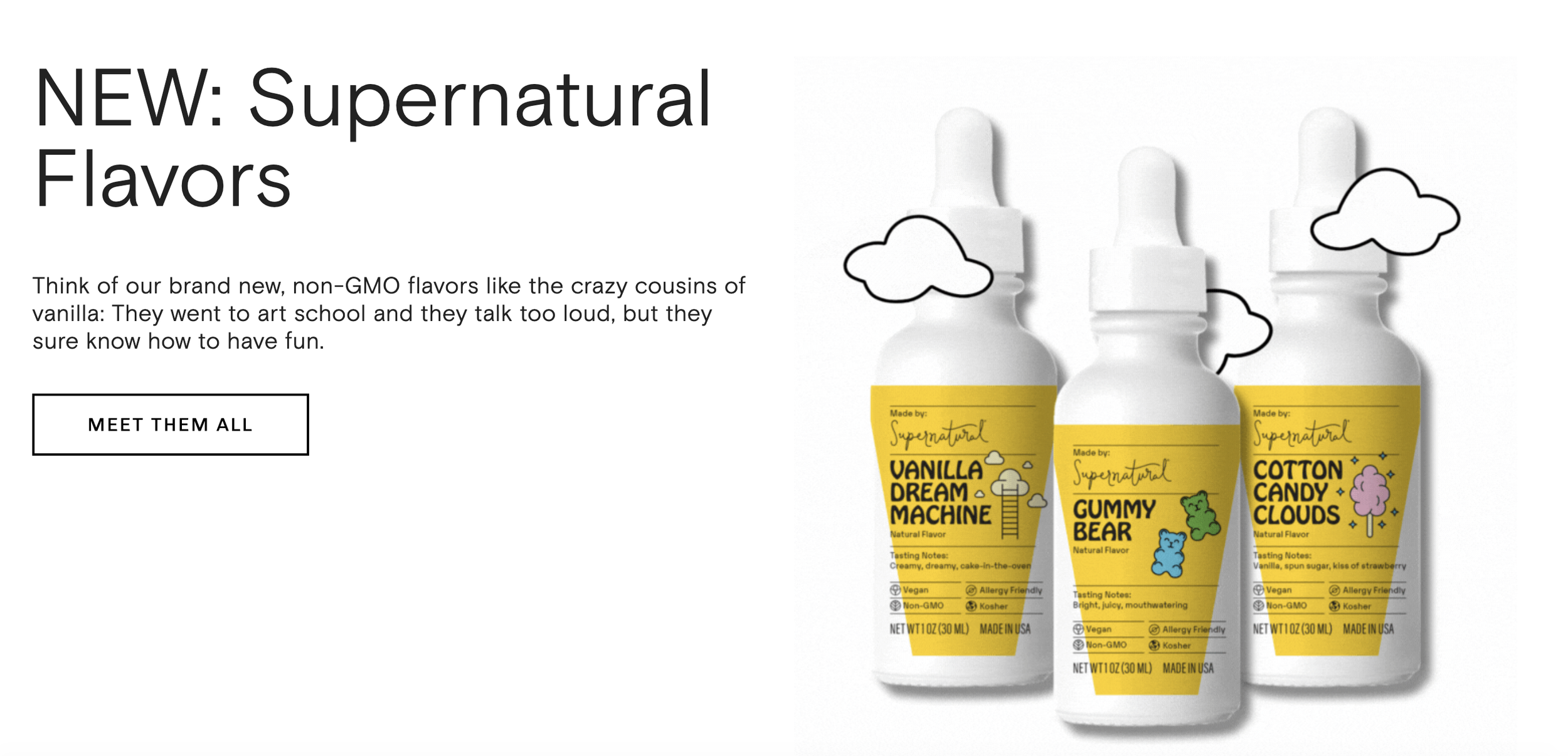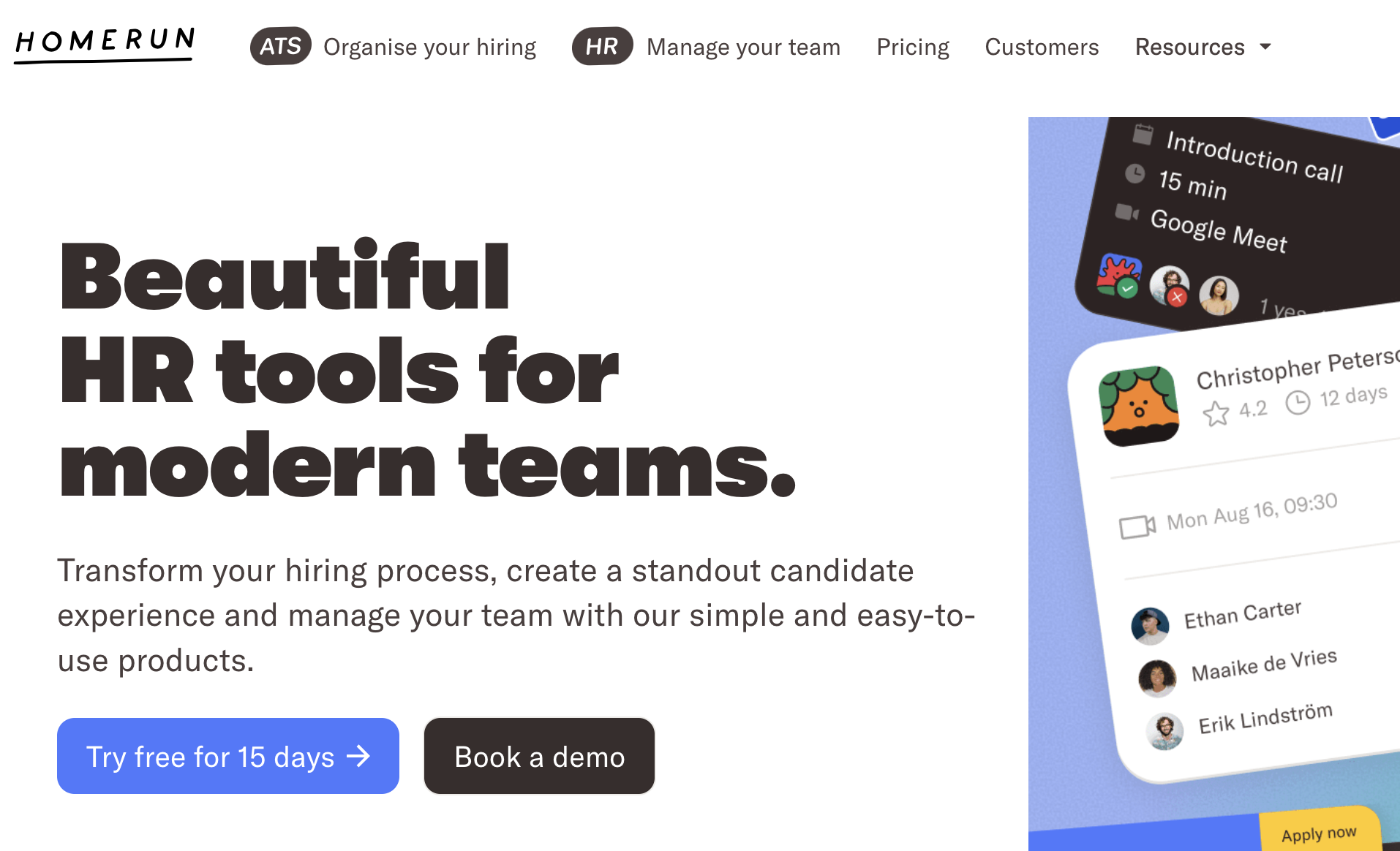5 best practices for landing page copywriting
First thing’s first, what is a landing page?
A landing page is a standalone web page with a clear conversion goal, such as driving a purchase, sign up or download. Landing pages are linked to marketing campaigns and people typically arrive at them via sources including marketing emails and ads.
You probably don’t need me to tell you how much work it can be to actually get someone onto your landing page. I’m sure all of the careful crafting of CTAs and compulsive checking of visitor number analytics is quite familiar.
That means that once you do get someone onto your landing page, it’s vital you convince to take the action you want them to.
And how do you do that?
With great copy.
Keep reading to discover 5 best practices for your landing page copywriting, along with B2B and B2C examples.
PS: You can also apply these tips to your homepage. The key difference with landing pages, though, is that the copy should meet the expectations you’ve set in your ad or email etc. For example, if the source is a PPC ad that says how your product can save customers time, that sentiment should be the first thing they see when they enter the landing page.
1) Features vs outcomes
You know your product or service inside out, and it can be tempting to write a long list of all its fancy features. But visitors to your landing page aren’t actually interested in all that. They want to know how your product or service can help them, i.e. what will happen to them when they purchase it.
Start thinking about benefits of your product and then go one step further, putting those benefits into tangible, real-life scenarios.
B2C example
Battersea Dogs & Cats Home makes the outcome of donating clear.
B2B example
Shopify helps potential customers picture their dream scenario.
2) Prove it
Once you’ve got your visitors picturing all the good things that will happen to them when they purchase your goods or enlist your services, it’s time to prove you can deliver. There are various ways to do this, including:
Quotes from happy customers related to the specific outcome you are talking about
Video demonstrations, screenshots and GIFs to support product claims
B2C example
Cat food company Smalls uses data from a customer survey to back up their positive outcomes.
B2B example
Hubspot includes screenshots and stats for their AI agents feature.
3) Personality and tone of voice
It’s cliche but true: people might forget what you say but they’ll never forget how you made them feel. The same is true of landing pages, so it’s essential to make sure your brand personality and tone of voice shine through the words.
If you have tone of voice guidelines, make sure you stick to them and keep referring back while writing your landing page copy. If you don’t have guidelines yet, start by thinking of three words that describe your company personality. For example, are you formal or casual? Aspirational or down to earth? Eccentric or conventional? Go from there and write copy that matches that tone.
B2C example
Innocent Drinks are masters of on-brand, personality-packed writing.
B2B example
Stryve’s headline conveys their casual, friendly and professional tone in only six words. And they continue to let their personality shine throughout the page in simple yet creative ways.
4) Specificity
A wishy washy landing page isn’t convincing anybody, so if you catch yourself about to write a vague claim, think about how you can make it more specific. Here are some ideas of what to include:
Examples of how to use your product
Who your product is for
How many people use your product
Where your customers are located
Number of hours people save using your product
B2C example
Not only does Revolut share their number of customers, they also highlight how many are in the visitor’s country.
B2B example
Privy makes sure potential customers aren’t left to fill in the blanks with their before and after table filled with specific examples and scenarios.
5) Sticky copy
Sticky copy is writing that snaps the reader out of a skimming trance. It catches their attention and makes them read a bit more slowly. It’s a chance for us writers to have a bit of fun, get creative and write copy that stands out. There are many ways to do this. Here are some techniques to try:
Sprinkle in unfamiliar words, whether they’re words that aren’t typically used or just aren’t used in your particular context.
Use metaphors, similes and analogies to bring your writing to life.
Evoke readers’ senses with tactile words (such as velvety) and motion words (such as slide).
B2C example
Supernatural paints a picture of their new flavours with a fun simile.
B2B example
Instead of choosing something more predictable like ‘leading’, Homerun uses the word ‘beautiful’ to describe their HR tools, which is more unusual and unexpected in this context.
Bonus tip: Create wireframes
A wireframe is a simple, visual guide of how your copy will look on the landing page. It makes working with designers easier and it helps you figure out which bits work and which might need editing.
There are several wireframing tools out there. Whimsical and Draftium are two options that offer free versions. You can also go the DIY route and use PowerPoint or Google Slides (or simply get out a pad and paper and sketch it up by hand!).
Final thoughts
Follow copywriting best practices to avoid going through the effort of getting someone onto your landing page only to have them bounce without taking action.
Make sure you showcase the positive outcomes your product/service will lead to for the customer. Then follow this up with proof. Let your unique brand tone of voice shine through. Ditch the vague claims and be super duper specific with everything you write by using numbers, locations, examples and more. Use sticky copy such as unfamiliar words, metaphors, and words that get the senses firing. And when you have your first draft, put it all into a wireframe to see how it flows, reiterate if necessary and share with stakeholders.
Looking for blog posts like this on your website? Say hello at camilla@camillabass.com or book a chat.
